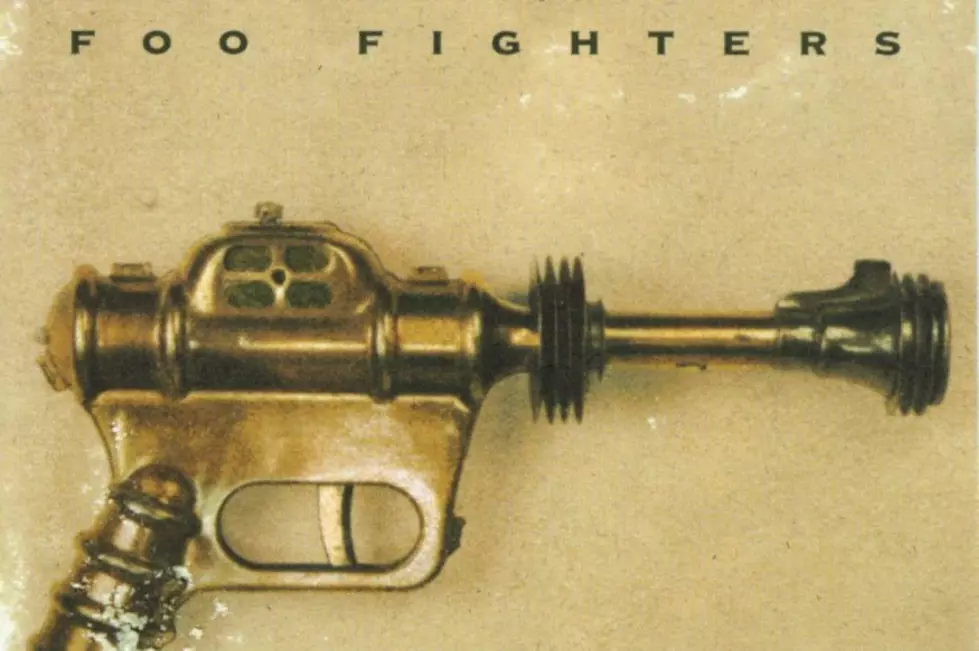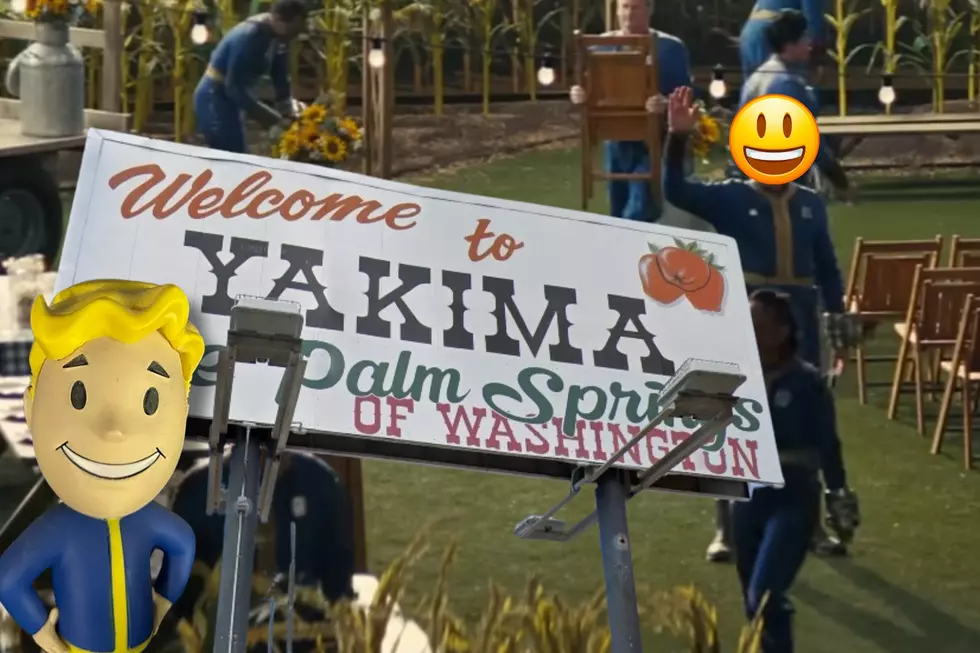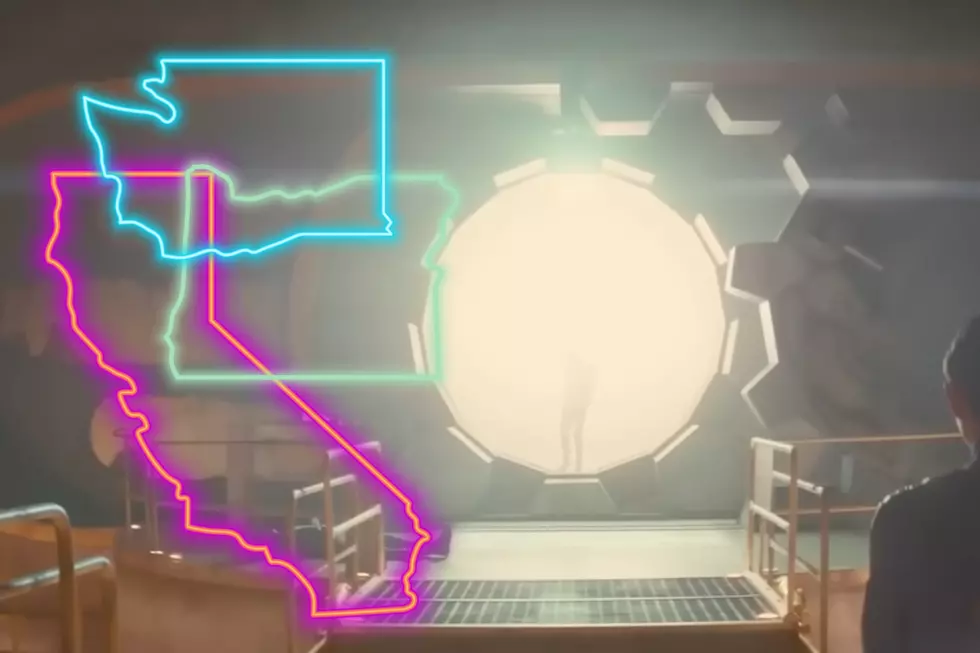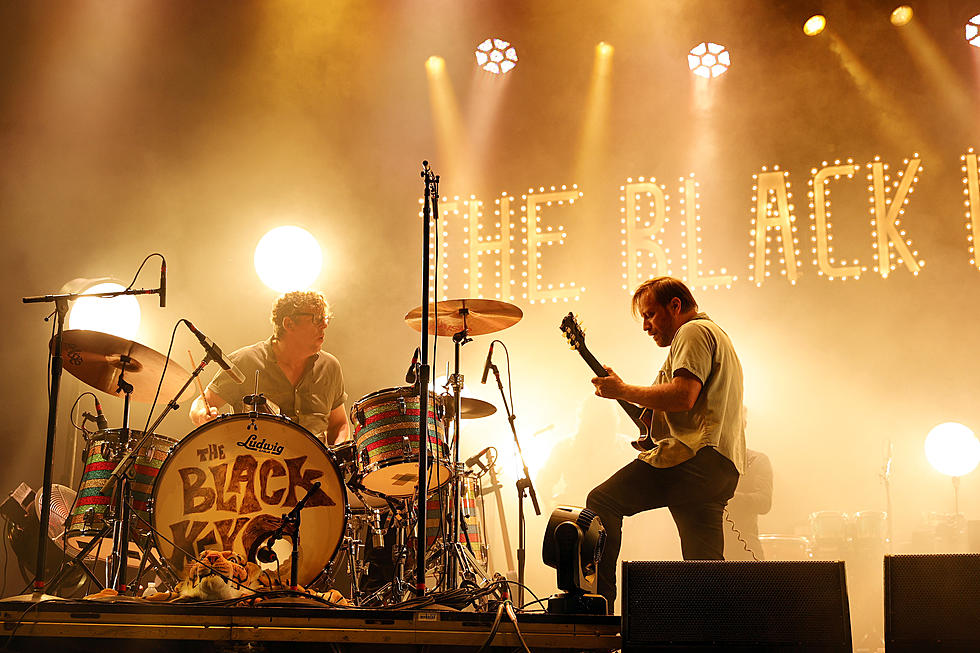
20 Years Ago: Foo Fighters Release Their Self-Titled Debut
Foo Fighters' first album turns 20 today, which means it's had plenty of time to represent entirely different things to entirely different generations of listeners.
To a 30-year-old, it might vaguely represent how no tragedy can't indirectly lead to something amazing – and also remind them of prom. To a 20-year-old, it's the first album from the band Dave Grohl has always been in – the arena-sized modern rock institution capable of creating crossover hits seemingly at will. And to a 5-year-old, it might be one of the only actual CDs that dad keeps in the car.
In a way, it's strange that the album became so universal considering how personal it was when it was created. While every other Foo Fighters album has been a professionally assembled collection of anthemic rock created by at least three members, the first album was Grohl's personal cache of songs stored up from during his time in Nirvana (he said he was usually too embarrassed to ever let Kurt Cobain hear them).
But six months after Cobain died, Grohl – not entirely sure if he should accept that offer to drum for Tom Petty – entered a studio and recorded 12 songs in one week mostly as catharsis. He played every note of every instrument (except one guitar line on "X-Static" by Greg Dulli of Afghan Whigs) and took a stream-of-conscious approach to the lyrics, creating a 12-song audible diary. The plan was to press a couple hundred LPs and cassettes under a pseudonym, hand them out to friends and see if people were into it.
Capitol Records was into it almost immediately. Then radio and MTV got really into it; then the rock-listening masses at large. It was certified gold in just about two months and still remains the band's second most-successful album (behind only 1997's The Colour and the Shape).
But, to a certain segment of listeners, the first Foo Fighters album wasn't an instant sell. Its very existence suggested a future in which no new Nirvana music would ever be released and Grohl's pop sensibilities meant Foo Fighters originally seemed like a far more upbeat (and thus far more innocuous) version of Nirvana. But its accessibility belies its complexity.
The dynamics are familiar – the quiet-loud oscillation evokes the essential "Smells Like Teen Spirit" formula – but, then again, everything from 1995 does. Grohl, however, adds Beatles-esque harmonies and a solid craftsmanship that gives the entire affair an immediate but timeless quality.
It's also the grittiest of all the Foo Fighters albums – bordering on lo-fi when compared to the sleeker sound of their later releases. It's front-loaded with classic singles ("This Is a Call," "I'll Stick Around" and "Big Me"), but it's also before Grohl had established the template for an effective Foo Fighters song. It's filled with experiments like the frantic "Weenie Beenie" and the faux-country "For All the Cows" – some of the songs seem way too hard and screamy to be Foo Fighters songs today. But, beneath it all, you can hear Grohl arriving at the band's definitive sound: driving, hook-laden, blue-collar rock.
More than anything, however, Foo Fighters is tangible evidence that truly amazing things can come from the worst circumstances. While Cobain's death was one of the most tragic events in rock history, it brought us this new band – one with a sort of inherent optimism that proved useful in the wake of all the bleakness of grunge. We also got to know Grohl as much more than just the drummer of Nirvana; we came to realize he might also be the single coolest person on the planet.
Worst to First – Every Foo Fighters Album Ranked
More From 94.5 KATS










